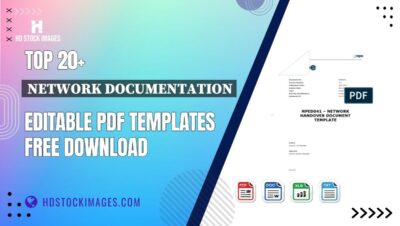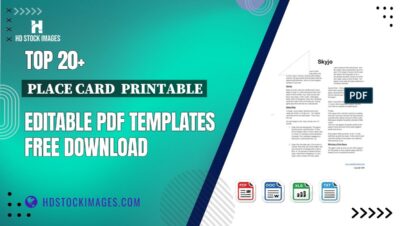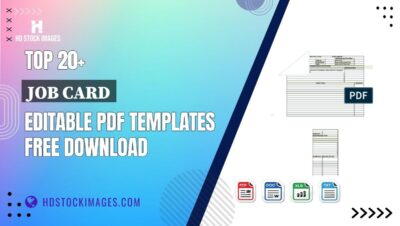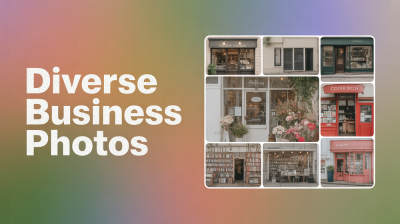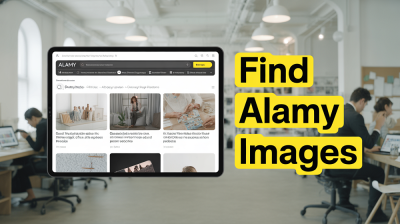Storyblock is a cutting-edge content management system (CMS) designed to streamline the process of creating, managing, and distributing digital content. It empowers businesses to craft personalized experiences across multiple channels, bringing together creativity and technology. With its headless architecture, Storyblock allows developers and marketers to collaborate seamlessly, ensuring that content is both engaging and easily accessible.
But what makes Storyblock stand out in the crowded CMS market? The answer lies in its flexibility and user-friendly interface. Whether you’re a seasoned developer or just starting, Storyblock provides tools that cater to a variety of skill levels, making it an ideal choice for diverse teams. Additionally, with features like visual editing, real-time collaboration, and structured content, organizations can scale their content strategies without the usual headaches.
Who Are the Primary Buyers of Storyblock Content?

The buyers of Storyblock content span various industries, each with unique needs and objectives. Here’s a closer look at the primary buyer profiles:
- Marketing Teams: These professionals are often on the lookout for efficient ways to produce engaging content. They value Storyblock's ability to streamline workflows and create tailored experiences for their audiences.
- Developers and IT Teams: Technical experts appreciate the headless nature of Storyblock, allowing for flexibility in integrating different technologies. They often seek scalable solutions that can be tailored to their infrastructure.
- Content Creators: Writers, designers, and multimedia specialists benefit from Storyblock's intuitive interface, making it easier to publish content without needing extensive technical knowledge.
- E-commerce Businesses: Online retailers can leverage Storyblock to create dynamic product pages and promotional content, enhancing the shopping experience and driving conversions.
In essence, Storyblock appeals to a variety of buyers, each aiming to improve their content strategy, increase efficiency, and ultimately engage their target audience more effectively.
Also Read This: Find Out What Shutterstock Wikipedia Is
Analyzing the Target Audience for Storyblock

Understanding the target audience for Storyblock is crucial for crafting content that resonates and engages. Storyblock’s platform caters to various industries, but identifying the core demographics can help tailor messaging and product offerings effectively. The primary audiences of Storyblock include:
- Content Creators: These are individuals or teams responsible for producing engaging stories, be it blogs, videos, or social media posts. They seek tools that simplify content management and enhance creativity.
- Marketers: Marketing professionals who aim to connect with potential customers through compelling narratives. They value data-driven insights and streamlined workflows to optimize campaigns.
- Developers: Technical users looking for robust APIs and customizable solutions to integrate content seamlessly into websites and applications.
- Business Owners: Entrepreneurs and corporate leaders focused on brand storytelling to enhance customer loyalty and drive sales.
When analyzing the target audience, consider factors such as:
| Demographic | Characteristics |
|---|---|
| Age | 25-45 years old, tech-savvy and open to digital solutions. |
| Location | Primarily urban areas, with a global reach due to the digital nature of the product. |
| Interests | Passionate about storytelling, innovation, and marketing trends. |
By understanding these segments, Storyblock can create tailored features and marketing strategies that resonate deeply with its users.
Also Read This: Uploading Custom Images in ESPN Fantasy Football
Industry Applications of Storyblock Content
Storyblock's content management system has diverse applications across various industries. Here are some key sectors where Storyblock really shines:
- Retail: Retail brands use Storyblock to create engaging product stories that enhance the shopping experience. For instance, a fashion retailer can showcase seasonal collections with visually appealing narratives that highlight the lifestyle associated with their products.
- Education: Educational institutions leverage Storyblock to develop rich, interactive content for e-learning platforms. They can create courses that combine video lessons, quizzes, and engaging narratives to keep students invested.
- Healthcare: Healthcare providers utilize Storyblock to deliver patient-centered content that informs and educates. This can include detailed articles on health conditions, treatment options, and wellness tips.
- Travel and Hospitality: Travel agencies and hotels use Storyblock to tell captivating stories about destinations. They can create immersive experiences that inspire travelers to book their next adventure.
Each of these industries benefits from the flexibility and scalability of Storyblock, allowing for tailored content that meets specific audience needs. By harnessing the power of storytelling, businesses can connect with their audiences on a deeper level, fostering engagement and loyalty.
Also Read This: How to Move and Position Images Precisely in CapCut
Case Studies: Successful Use of Storyblock Content
When we talk about the effectiveness of Storyblock content, it's essential to look at real-world applications that showcase its versatility and impact. Here are a few case studies that highlight successful implementations:
- Company A: E-commerce Transformation
Company A, an online retail giant, integrated Storyblock to enhance its product storytelling. By using dynamic content blocks, they created personalized landing pages for various customer segments. This resulted in a 25% increase in conversion rates and a more engaging shopping experience.
- Company B: Educational Content Delivery
Company B, a leading education provider, employed Storyblock to deliver interactive course materials. The platform's ability to manage multimedia content allowed them to create rich, immersive learning experiences. Consequently, they noted an improvement in student retention rates by 40%.
- Company C: Non-Profit Engagement
Company C leveraged Storyblock to tell compelling stories about their impact in the community. By utilizing customizable templates, they shared success stories, which not only increased donations by 35% but also boosted volunteer sign-ups.
These case studies exemplify how Storyblock content can be tailored to meet specific business needs, engage audiences effectively, and drive measurable results. Whether it's improving sales, enhancing learning, or increasing community involvement, the possibilities are endless!
Conclusion: The Future of Storyblock and Its Audience
As we look ahead, Storyblock is poised for significant growth and evolution. The platform's adaptability and focus on user experience make it a powerful tool for content creators and marketers alike. Here are a few trends we can expect:
- Enhanced Personalization: As audiences crave more tailored experiences, Storyblock is likely to incorporate advanced AI features that enable hyper-personalized content delivery.
- Seamless Integrations: Future developments may include even more integrations with popular marketing tools, making it easier for businesses to sync their content strategies.
- Focus on Mobile Optimization: With mobile browsing on the rise, Storyblock will continue to prioritize mobile-friendly design to cater to on-the-go consumers.
In conclusion, the future of Storyblock is bright, reflecting the evolving needs of its audience. As brands continue to seek innovative ways to engage their customers, Storyblock stands ready to provide the tools necessary for storytelling that resonates in our fast-paced digital world.
 admin
admin